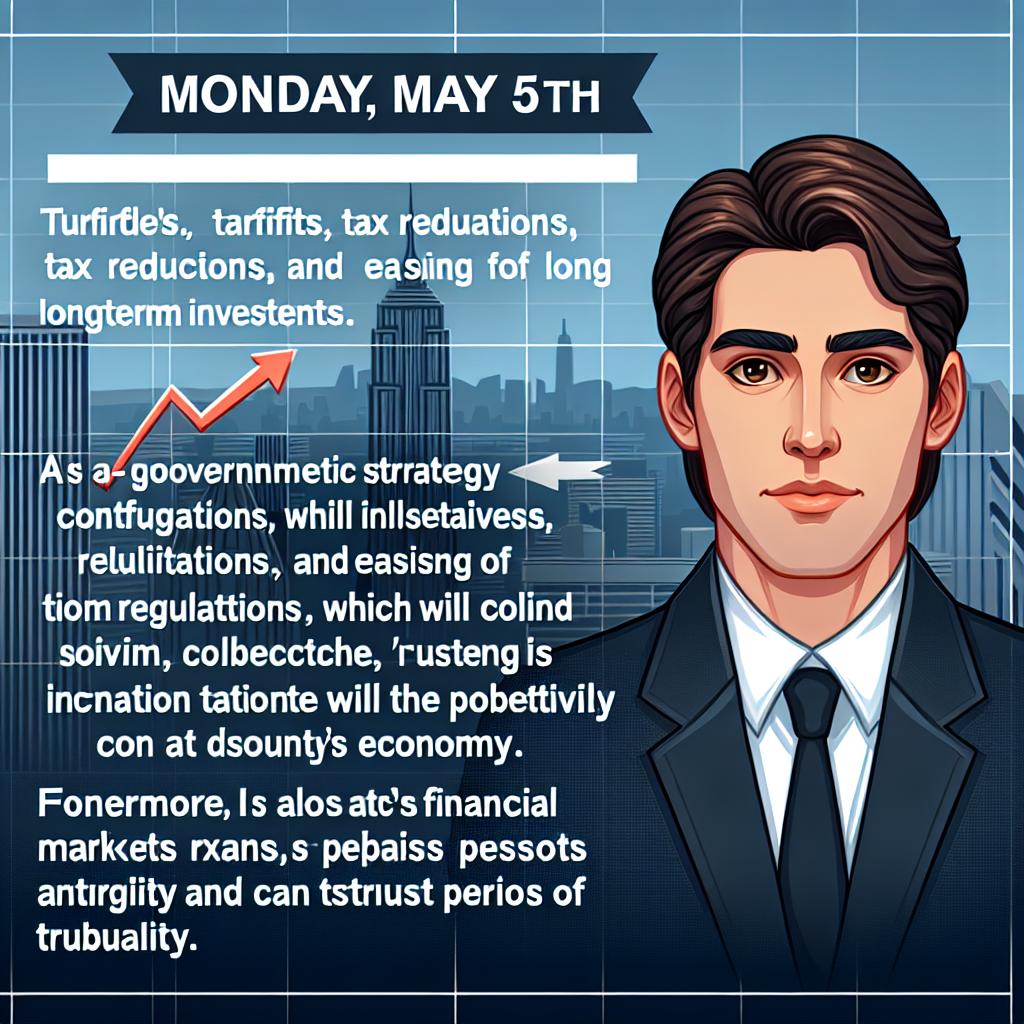The US Treasury Secretary, Scott Bessent, stated on Monday (May 5th) that President Trump’s agenda of tariffs, tax cuts, and regulatory relaxation will collectively drive long-term investment in the United States economy. He further added that the US financial markets have “anti-fragility” and can withstand any short-term fluctuations.
According to Reuters, on Monday, Bessent defended Trump’s tariff policies in a speech at the Milken Institute Global Conference in Los Angeles, while emphasizing that the Republican tax bill is under congressional review. He mentioned that the bill would make many aspects of the tax cuts in the president’s first term permanent, including tax relief for small businesses.
Bessent stated, “The core components of Trump’s economic agenda – trade, tax cuts, and regulatory relaxation – are not standalone policies. They are interconnected parts designed to drive various aspects of US economic long-term investment engine.”
The Treasury Secretary noted that since President Trump’s second inauguration on January 20th, there has been a strong push for tariff measures to encourage companies like those attending the conference to invest, build plants, and produce products in the United States.
He added that these efforts would yield returns in terms of tax revenues and regulatory relaxation. Bessent also mentioned that Trump’s tax legislation would provide tax credits and deductions for research and innovation in high-tech businesses, with 100% offset for the costs of new factory construction equipment to accelerate investment.
“The President’s economic plan will bring more outcomes. More job opportunities, more housing, faster growth, more factories, more key manufacturing plants, more semiconductors, more energy, more opportunities, more national defense, more economic security, and more innovation,” he said.
Bessent later stated in an interview with CNBC that he believes these policies are expected to drive US economic growth close to 3% by this time next year and contribute to lowering the US budget deficit to the long-term average level of GDP.
To avoid an influx of imported goods ahead of impending tariffs, leading to the first quarterly contraction in the US economy in three years, the International Monetary Fund predicts that by 2025, US GDP growth will be only 1.8%.
The Treasury Secretary stated that reducing the deficit would be a “wise move” in cutting around $300 billion annually. He noted that this amount is equivalent to about 1 percentage point of the US economy’s nearly $30 trillion size.
“We are discussing reducing the deficit by around 100 basis points annually over the next four years to bring us back to a long-term average of 3.5%,” referring to the GDP proportion.
He mentioned at the Milken conference that if deficit reduction could eradicate the credit risk of US national debt, then interest rates “naturally would come down.”
Bessent remarked that the US financial markets are well-prepared to withstand any short-term turbulence, citing rebounds seen after challenges such as the Great Depression, two World Wars, the 9/11 attacks in 2001, the 2008-2009 global financial crisis, the COVID-19 pandemic, and subsequent inflation surge over the past century.
“Every time the US economy is severely hit, it bounces back. And the bounce back is stronger than before,” he said.
“The US market demonstrates anti-fragility. In fact, our entire economic history can be summed up in five words: Up and to the right,” he added.
Last Saturday (May 3rd), renowned American investor Warren Buffett’s views on the US economy at the shareholders’ meeting echoed Bessent’s remarks. “I will not be discouraged by the current pessimistic outlook because ultimately the US has solved every problem encountered in history,” he said.
The 94-year-old Buffett expressed his belief that the US will not undergo drastic “revolutionary” changes and that the current reforms and challenges are not signals of American decline but a continuation of historical progress.
He mentioned that the United States originally developed from an agricultural country and has experienced a series of significant and transformative changes since its founding.

